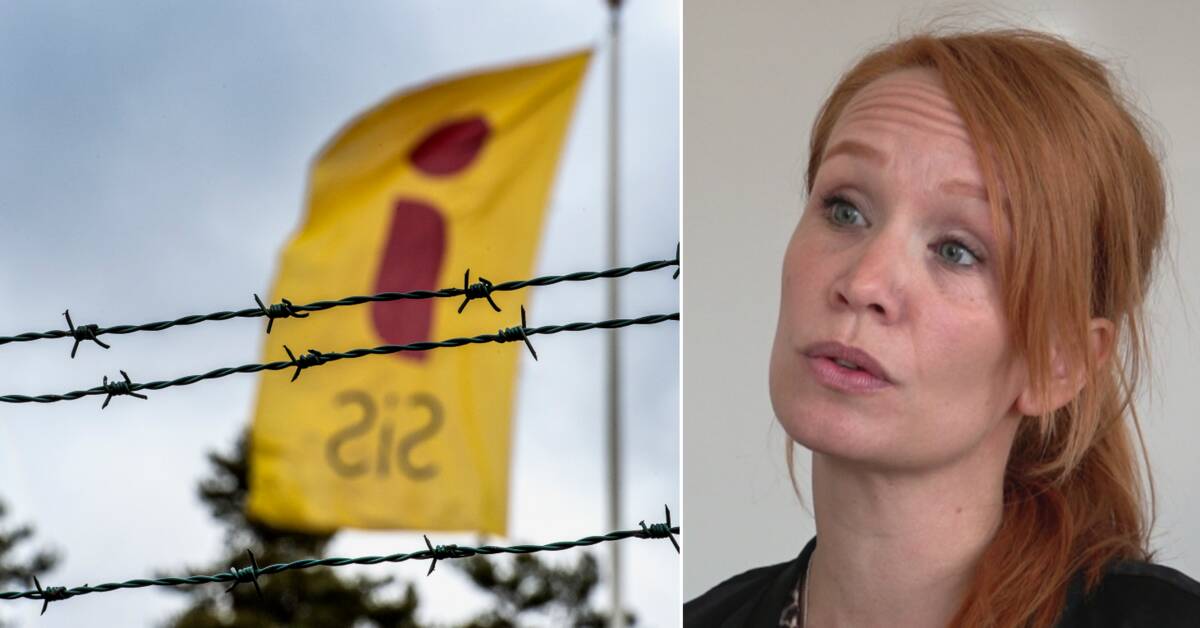- Only locking has been seen in previous research, it is not only ineffective it can also be harmful.
This is what Kajsa Nolbeck says, who has just published a dissertation at the Department of Caring Sciences and Health at the Sahlgrenska Academy at the University of Gothenburg.
She has examined the care environment at Sis-hem through observational studies among young people and focus group studies with staff, a study that took almost five years.
What she has come to is that instead of the individual care that is to be given to the young people, it is often locking up and control that applies.
- What I have seen is that it is a very one-sided and unreflective emphasis on safety.
And that security is interpreted as control.
There will be a conflict between safety and control on the one hand and care and treatment on the other, she says.
Abuse and locks
SVT has on several occasions examined Sis homes, state youth homes where young people with extensive substance abuse and psychosocial problems are forcibly cared for.
The reviews show that young people have often been treated badly by staff, abused and locked up for no reason.
- There were bruises where you could see the fingers.
The fingers remained as a grip on the arms.
And scratches when they have been pulled, said Stina Gustafsson, formerly employed at Björkbacken's youth home in Gothenburg, in one of SVT's reviews
Difficult environment
In Kajsa Nolbeck's study, she has been able to see that young people and staff raise the same problems concerning the environment inside the home.
Something that surprised her.
- Both young people and staff see that this is a difficult environment to conduct care work in, she says.
Hear more about Kajsa Nolbeck's study and results in the clip above.

